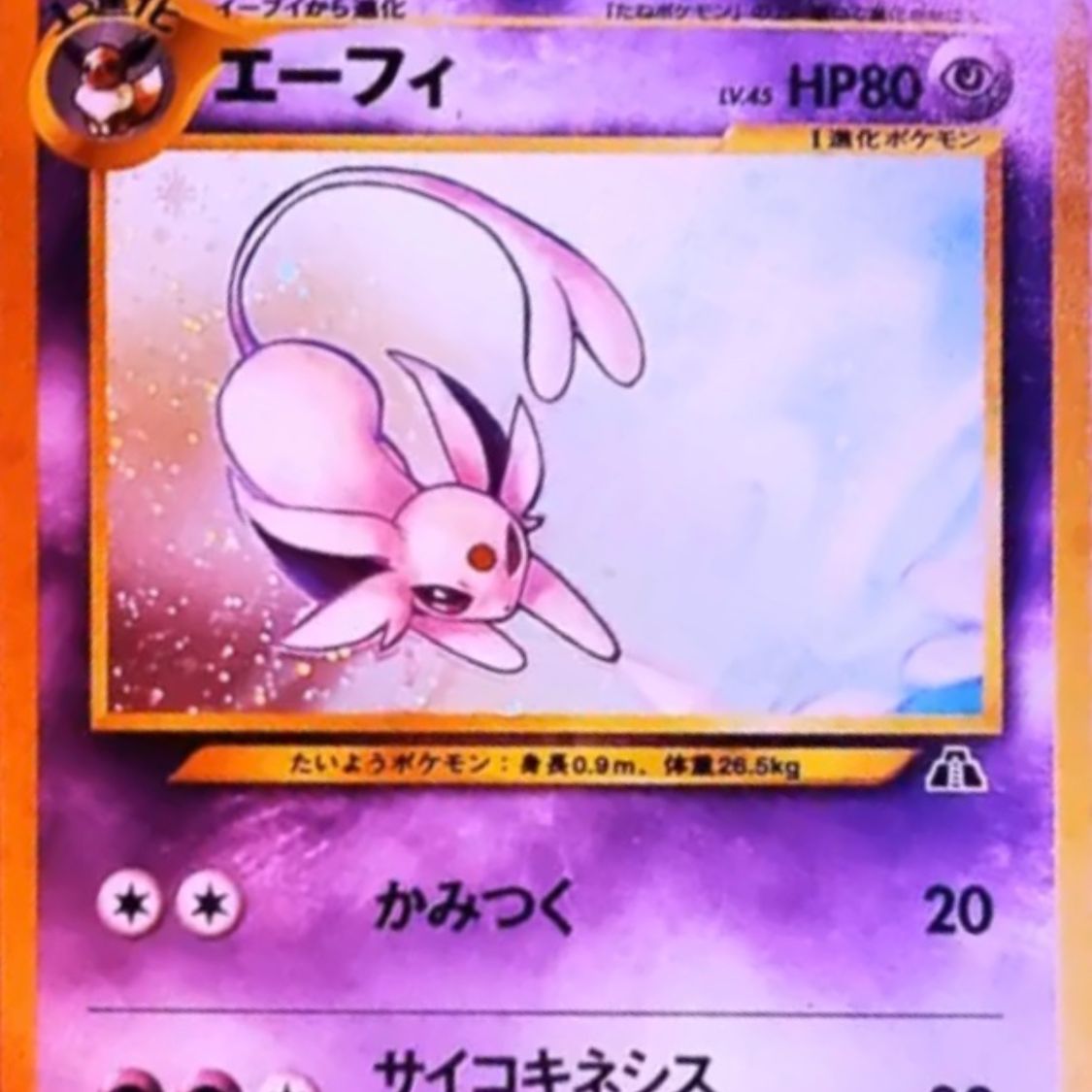Everyone loves a good intentionally low-quality effect for nostalgia reasons. The sensation ranges from posting movie screenshots run through VHS filters to pressing modern albums onto vinyl to those people on Twitter who post pictures of anime on CRTs. In more recent years, this phenomenon has created a trend of lobit music, made to replicate an era where YouTube uploads were low quality and waiting for your music to download took forever.
The term for the effect applied to music is called bitcrushing, and it’s a pretty simple filter to put on your music. Combined with Gen Z having nostalgia for 360p YouTube videos and now being old enough to put out music, it makes sense why there’s been a surge of it recently.
That said, it’s also existed for as long as people have been able to do it, leading into this brief history of one effect.
20kbps, and the Origins of Intentional Bitcrushing
20kbps is a netlabel founded in 2002, and is still active to this day. For those less deep into online-music-nerdom, this means that it operates like a record label as a group to publish music with, but operated completely online, and usually with a very DIY ethos. For 20kbps, this is reflected in both its name and main restriction – intentionally lobit music.
You may be looking at the founding date and wondering, “Hey, isn’t this actually in the era where it was a necessity?” and the answer is yes. The fun anecdote is the netlabel’s founder running out of space on his harddrive, but for listeners, the small file size means that just about anyone could download and upload music. The aesthetic is also neat, sure, but in this initial era it’s comparable to Xeroxed punk zines – a byproduct of necessity, turned into an iconic feel.
The album that introduced me to this corner of the internet is “Stereo Realist” by artist Stereo Realist, released in 2016, many years after 20kbps’ origins. I found the album on a friend’s recommendation, who also got it on a friend’s recommendation.
It’s a fun little dub techno album, and while it could just as well be released hibit, I feel like something would be lost in the process. The bitcrushing gives it a timeless feel, and helps it feel unique among the other dub techno I’ve listened to. It’s beyond the years of the innate DIY association, but the spirit is still there.
“Deleted Seniors” by Untrance, and Bitcrushing for Artsy Reasons
Of course, there’s also bitcrushing outside of the realm of DIY. There is also bitcrushing to create the feeling of a digital club bathroom.
“Deleted Seniors” is an unusual release. It was originally a two-sided hard trance/adjacent EDM tape released in 2011, and in many ways is part DJ mix. The tracks are often long, they’re unnamed, and have sections like a DJ mix would. It is also intentionally extremely low quality.
The end result is utterly bizarre. When listened to uninterrupted, it draws you in, with the intentionally awful quality interacting with that to make something that can only be described as surreal.
In this case, lobit (and analog low-quality methods) is essential to the end piece – there is no “Deleted Seniors” in high quality that could possibly exist.
HexD, and bitcrushing as an aesthetic
Funnily enough, the idea of “low quality trance/adjacent EDM” became a whole thing 10 years after the release of “Deleted Seniors,” now in the hands of people who waited 5 minutes for anime AMVs to load in the year it was released.
I joke a lot about the whole old internet nostalgia, but it is a legitimate thing for people my age and grew up with it. Thus begins the genre of hexD, which is arguably more a vibe than a genre built around bitcrushing.
HexD is most typically bitcrushed cloud rap and trance, but frequently incorporates other genres or even just other songs put through a filter, similarly to nightcore. Track art is critical to the aesthetic, and is frequently crunchy pictures of anime girls, Pokemon, or something else in the same vein.
The point of all this is, again, nostalgia. In its early days, I saw frequent comparisons to vaporwave – another online genre built around other material being warped for nostalgia reasons. However, while vaporwave’s nostalgia is more out of satire, hexD is more sincere. Rather than criticizing consumerism within its 80’s and 90’s aesthetic, hexD’s more 00’s aesthetic is more directly built out of childhood nostalgia.
However, there’s something to be said about how this is also anti-corporate. Over time, the internet’s only become more and more profit-focused, so for many people, there is some truth to appreciating how things used to be.
Bitcrushing may not solve the issue, but it is representative of the opinion of a lot of the online underground. Who knows how the internet will evolve, but there’s still going to be many people who love a lower-quality era, as it has been for media nerds of years past and to come.

